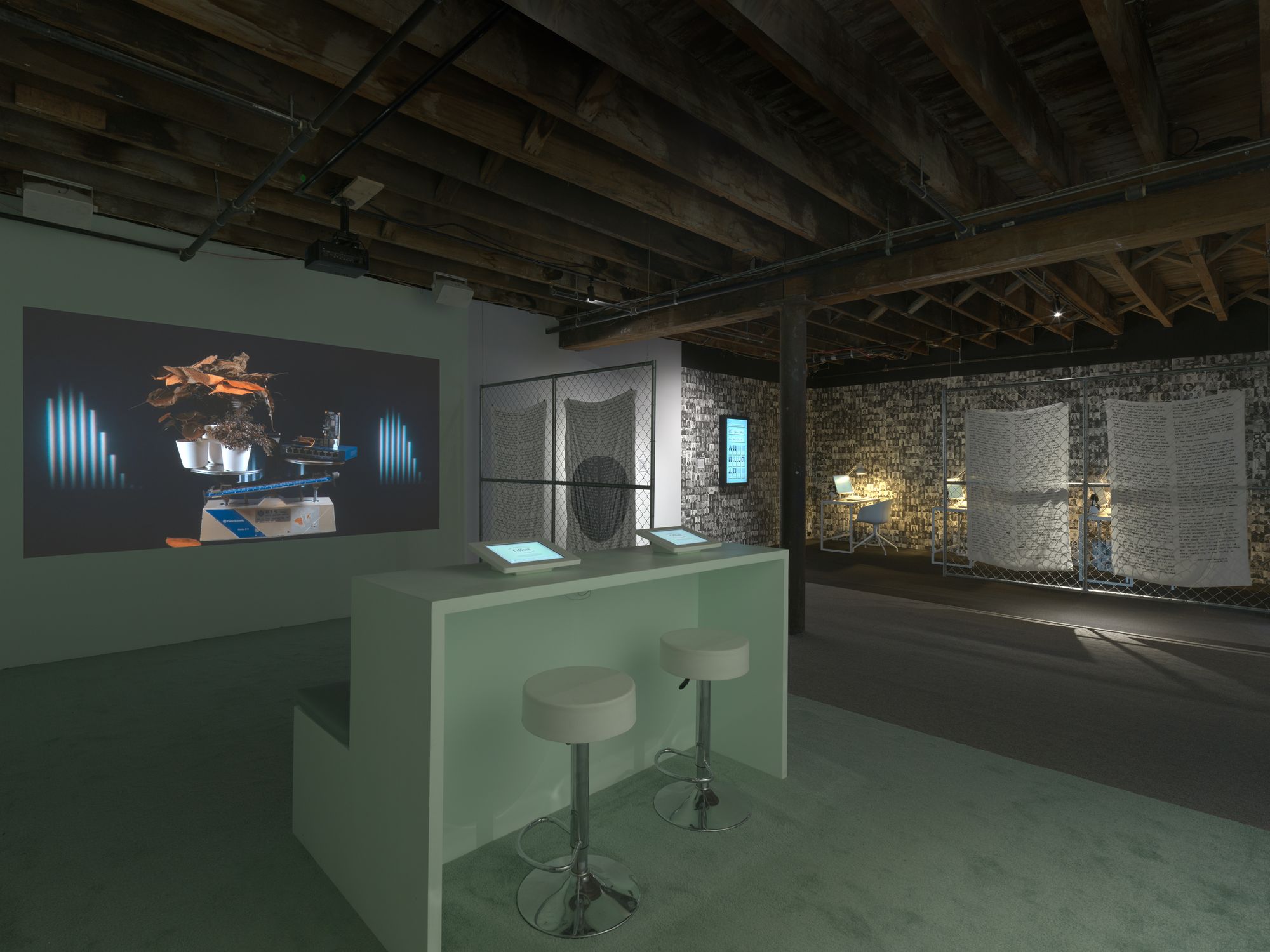
How To Get To Zero
Tega Brain, Sam Lavigne
How To Get To Zero presents a comprehensive look at Tega Brain and Sam Lavigne's solo and collaborative practices, which examine the present limits and future possibilities of political agency during our time of climate crisis. Over the past ten years, the artists have worked at the forefront of social critique and participatory art, examining subjects ranging from economic corruption to police surveillance, and from data manipulation to the commodification of everyday life. By repurposing the technologies used to perpetuate these conditions, Brain and Lavigne highlight the underlying conceptual and political frameworks that so often reinforce an unjust and repressive status quo.
How To Get To Zero—the first-ever survey of their work—will mark the exhibition debut of Offset (2024-present), an ongoing project that encapsulates Brain and Lavigne’s research on the prevalence of market responses to climate change. Accompanied by the creation of a new online marketplace where individuals can purchase carbon credits derived from instances of industrial sabotage, Offset directs money raised from the sale of those credits towards climate activists. The work will lead viewers towards two adjacent installations dedicated to Fragile States (2022), a series of print and video works that archive the artists’ interviews with individuals who have been incarcerated for their climate activism. Another work, Cold Call (2023), prompts viewers to phone fossil fuel company executives, with the aim of keeping them on the line as long as possible. Unfolding across the second floor gallery of Pioneer Works, these works question our individual roles in addressing this overwhelming crisis.
In the same vein, Brain and Lavigne adopt an experimental view of geoengineering, expanding it to encompass personal and social behaviors alongside large-scale environmental interventions. In the third floor gallery, the multimedia installation Perfect Sleep (2021) invites participants to experiment with their own sleep cycles, as a way of exploring how lack of sleep and climate change are both products of the same capitalist system that devalues regeneration, rest, and natural limits. This gives way to a constellation of cellular devices that operate Synthetic Messenger (2021), a botnet that inflates the value of climate change news coverage by clicking on ads running alongside these online articles.
These collaborations will be accompanied by a selection of solo projects that further contextualize and expand upon the duo’s work. Lavigne’s video installations Coppelganger (2024) and The Zooms (2023) subvert facial recognition and surveillance technologies employed by the police, connecting carceral violence to extractive capitalism. Brain’s Being Radiotropic (2016) and Can the Sun Do the Thinking (2023) realize alternative digital networks in which environmental intelligences guide technological decision-making. The artists’ provocative interventions expose the insidious ways that computational infrastructure feeds the contemporary climate crisis, while also offering speculative alternatives to our pending planetary collapse.
Tega Brain & Sam Lavigne: How To Get To Zero is made possible with support from Creative Capital. It is also supported, in part, by public funds from the New York City Department of Cultural Affairs in Partnership with the City Council, as well as the New York State Council on the Arts with the support of the Office of the Governor and the New York State Legislature. The exhibition design is by Diogo Passarinho Studio.